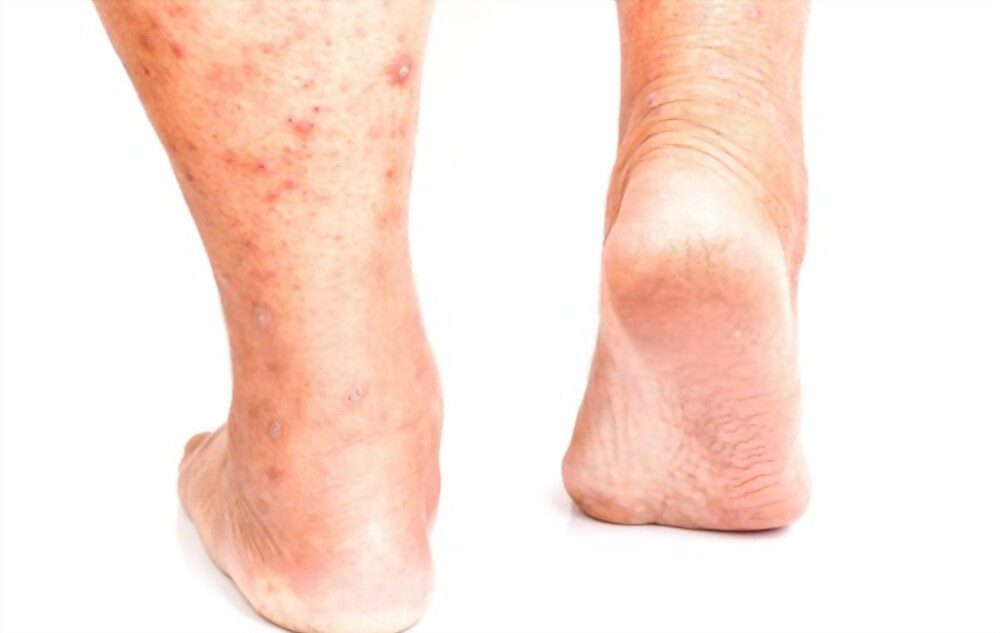Allergy to Timothy Grass
Timothy grass pollens are the major cause of respiratory allergic disease globally. The timothy grass allergy is one of the most common types of grass allergy.
About forty percent of specific IgE reactions occur in patients with these allergies. The other 20 percent of IgE reactions appear in the general people. Timothy grass is one of the common grasses in Northern and Central Europe that cause pollen allergens. It grows in cooler and humid climates.
The grass relates to the phylum Spermatophyta. Timothy grass grains are micrometers in diameter. It is best identified in allergic grass.
Timothy Grass Allergy Symptoms
Grass allergy is probably the most widespread allergy in the world. It is constantly growing and afflicts millions of people from April to June. Like all allergies, it can have a sneaky trend. It manifests itself with mild and easily controlled symptoms.
It seems not to affect daily activities too much and then proves to be a particularly uncomfortable “companion”. They are capable of worsening and limiting the person’s quality of life.
You can develop timothy grass allergy symptoms quickly or after a period. You should keep in mind your symptoms can be delayed after coming in contact with an allergen. The symptoms can be mild or may be severe after a while. Timothy’s grass allergy symptoms are related to other grass pollen allergies. The most common timothy symptoms include:
- Itchy mouth, skin, eyes, tongue, or throat
- Stuffy or runny nose
- Allergic rhinitis with or without conjunctivitis
- Fatigue
- Puffy and Teary Eyes
- Coughing and Sneezing
- Itchy Skin, Hives, and rashes
- Hay Fever
- Difficulty or Trouble Breathing
The most severe and life-threatening timothy grass allergy reaction is Anaphylaxis. Talk to your doctor right now if you have difficulty breathing and seek medical advice.
Pediatric issues
The prevalence of the ARC was 14.6 % in children aged 13 to 14 years. In the United States, children between the ages of 30 and 24 live with an ARC prevalence of 13 to 17 percent.
According to the Canadian Public Health Agency reports, more than 50% of Canadians suffer from ARC. Moreover, more than 20% of Canadians suffer from asthma.
The ARC had a profound effect on the daily life of school-going children. It affected the children’s sleep, limiting school and the rest of the performance was reduced.


Risk factors of Timothy Grass Allergy
In the middle of the 19th century, pollen have been identified as a threat to cause. Grass pollens are known to be the most predominant seasonal allergens. They cause allergic symptoms such as ARC and asthma during summer in a cool climate.
Along with ARC, many patients have allergies to timothy grass. ARC belongs to asthma and itself is considered endangered by asthma.
Timothy Grass Allergy Treatment
Antihistamine medications are often prescribed to reduce allergy symptoms. In contact with the immune system of an allergic person, the allergen triggers a series of mechanisms. The main one is the release of histamine, which in turn causes many symptoms of allergic rhinitis.
The antihistamine drug counteracts the activity of histamine and decreases the symptoms. It acts only on the symptoms and not on the causes of the allergy.
If you have a mild allergy to timothy grass, you can use allergy medication against the symptoms. The allergist will diagnose your allergy and the severity of the allergy. This may take 30 minutes to 1 hour for a diagnosis.
If there is no timothy grass allergen extract available for the skin prick test. Your allergist may perform any other alternative allergy test.
If your allergy is severe the healthcare professional may prescribe the following medications.
- Prescription Antihistamines
- Prescription Decongestants
- Injectable epinephrine
- Nasal Corticosteroid Sprays
- Allergy Immunotherapy Shots or Allergy Shots
If your allergy is life-threatening the allergist may give you allergy shots. Scientists introduced many other allergy treatments now. The alternative treatment for allergies is subcutaneous immunotherapy or LDA immunotherapy. It will take almost 10 to 12 weeks to remove your entire allergy symptoms.
Avoidance
The most problematic aspect of allergy to grasses is linked to the spread of the allergen. In fact, pollens are suitable to remain suspended and there are no really effective strategies to avoid coming into contact with them.
The removal of the allergen, which should be the first choice in the treatment of an allergy, in this case, can have very limited effectiveness. Sensitive people may develop Timothy grass allergy symptoms due to allergic weather.
So, a decrease in allergy symptoms can better the allergy, asthma, and ARC effects. In case you are allergic to timothy grass. You should be aware of cross-reactivity from other grasses pollens.
The best way to treat allergic reactions to timothy grass pollen is to avoid the allergen. But it is not possible to control pollen allergies in the outdoor environment. However, some useful precautions can be followed:
- Check the pollen forecasts on the Internet. If you expect high levels of pollen in the air, consider taking medications before symptoms appear.
- Keep yourself confined to your room during high grass pollens seasons.
- Bathing after coming home from outside during pollen season. It can reduce Timothy’s grass allergy from the head and body.
- Sensitive people should stay home in mid of summer and pollen allergies season. So that there is less exposure to pollen. Long term exposure to this seasonal allergic substance causes dangerous side effects.
- Adults should wear sunglasses and a face mask over the mouth in the sun. So that the number of pollen should not increase.
About Timothy’s grass
Timothy grass grows best in cold, humid, and numerous areas. Many people consider it to be one of the best allergenic grasses. Even though this grass pollen shows a significant geographical distribution. It is the most common allergen in Europe Among the European population.
It shows the highest prevalence of sensitization, ranging from 18.5 to 28.5% with a median prevalence of 16.9%. Analysis of Allergen microarray among Austrian students found 36% spread. About 69% of the US population suffers from Timothy grass.
The prevalence of Timothy grass within the United States is about 20.2% and 23.3%. The prevalence is around 21.8% in ARC patients.


Nature of Timothy Grass
Timothy grass is one of the most common grasses in the world. It is perennial and the maximum length is 1.5 meters. Timothy grass relates to the phylum Spermatophyte class Monocotyledon. Timothy’s subfamily is Pooideae (the largest subfamily in grass Poaceae).
Timothy grass seeds are micrometers in diameter. Their shape is mostly spheroidal and sometimes elliptical. The grain or cereals has a thin exine.
The leaves are hairless and dense with an average width of up to 9-9mm. It has a 5 to 15 cm long spike-like flowering head. Timothy grass grows very well in winter and on wet and flat soil. This grass can withstand icy weather. Timothy grass can’t stand during summer and high temperatures.








Leave a Comment